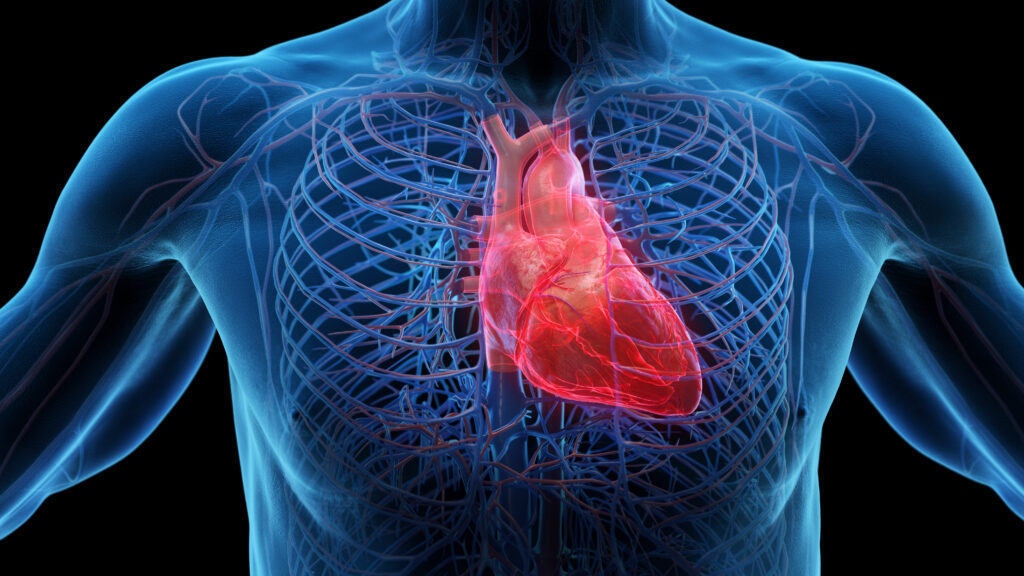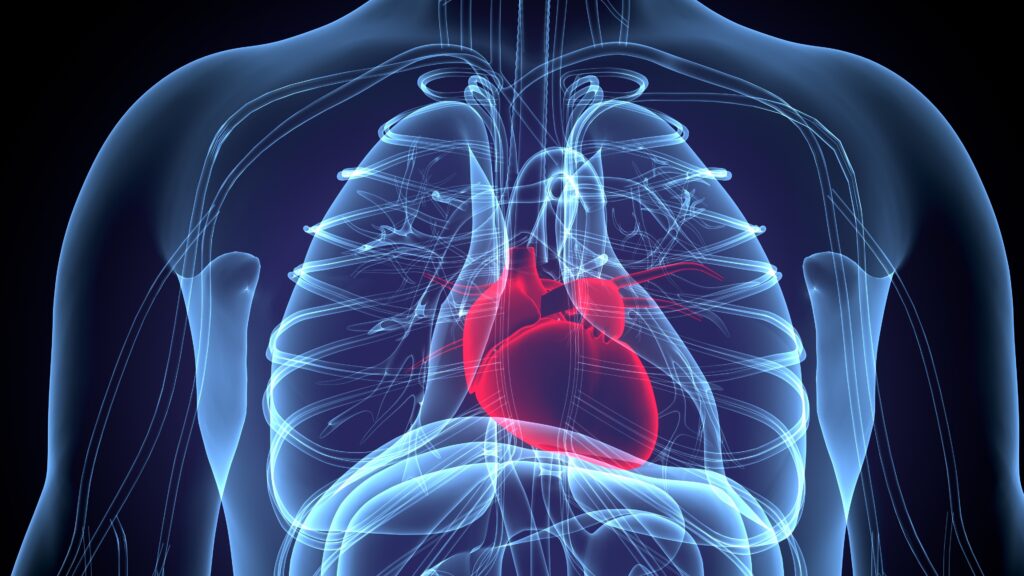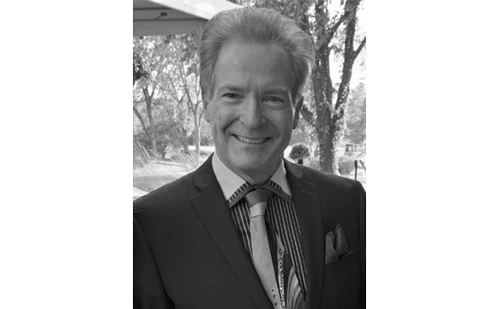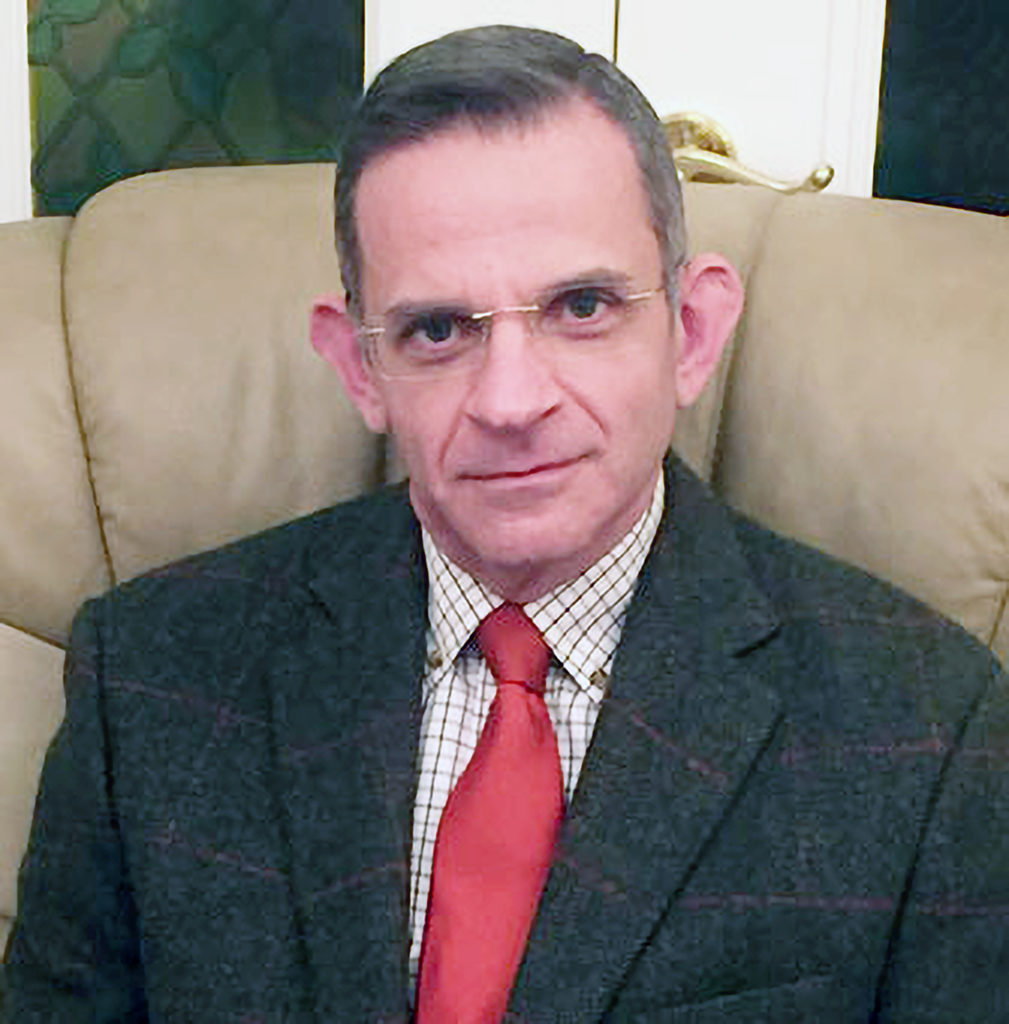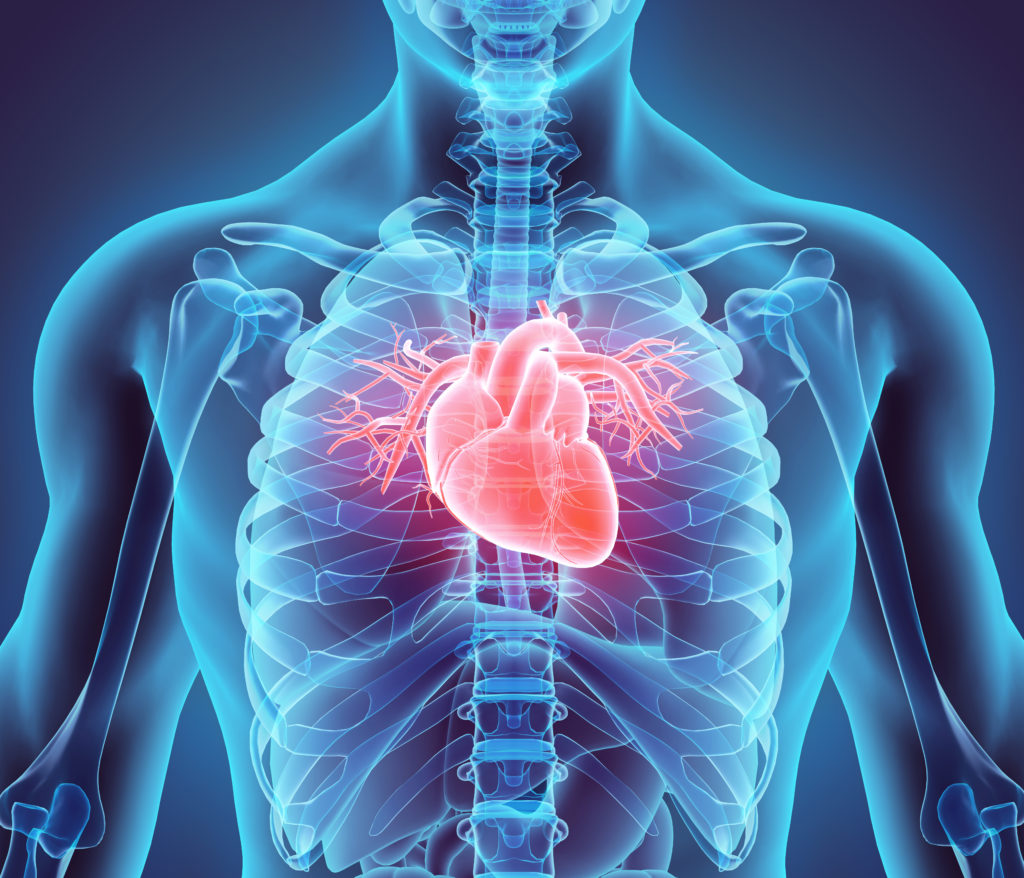Introduction: Historically a CIED was considered an absolute contra-indication to MRI due to perceived risk of device malfunction or tissue damage. More recent MR-conditional devices overcome this and there is also increasing data supporting safety in non-conditional devices. Despite widespread implantation of more expensive MRI conditional systems by cardiac teams, MRI remains an under-utilised modality in device patients. Orthopaedic teams request the largest number of MRI scans and if they are not aware of the evolution of CIED technology then their patients will be disadvantaged.
Method: We surveyed regional orthopaedic surgeons about their understanding and usage of MRI in patients with CIED’s.
Results: 53 orthopaedic surgeons responded; 16 (30%) consultants, 34 (64%) specialty trainees, and 3 (6%) SAS grades. Six NHS trusts across the North East of England were represented; 46 respondents (87%) from secondary care and 7 (13%) between two tertiary centres. No surgeon thought it was ‘Always’ possible to undertake MRI in a patient with a pacemaker, 41 (81%) thought it was ‘Sometimes’ possible and 10 (19%) wrongly thought it was ‘Never’ possible. When the same question was applied to ICDs, no surgeon thought it was always possible, and those who wrongly thought it was never possible increased to 27 (51%). For patients with implantable loop recorders, the results were 2 (4%) for always, 35 (66%) sometimes, and 15 (28%) never. 4 (7.5%) surgeons reported having requested an MRI for a patient with a CIED and having the examination carried out. 26 (49%) had tried but the scan was not performed, and 21 (40%) had never attempted to request an MRI scan for a CIED patient. 57% of surgeons felt that they would not know who to contact to arrange a scan. 94% felt that clinical outcomes might be improved if patients with CIED could be offered MRI scanning.
Discussion: Misunderstanding regarding the suitability for CIED patients to undergo MRI was common among our regional cohort of orthopaedic surgeons. Even loop recorders were felt to contraindicate scans but these pose no risk at all to the patient. Importantly surgeons feel that patients may have had better outcomes if MRI had been possible. This data highlights that if we are unable to educate and communicate effectively with other specialties who request MRI scans then our device patients will potentially receive suboptimal care despite efforts to implant MRI conditional devices.
Half of surgeons reported having requested an MRI for a device patient but not having it completed, with our assumption being that these scans were declined by the radiology department. Clear clinical pathways developed in collaboration with radiology departments and shared widely with all specialties are important to facilitate equity of care for device patients. It is the authors’ view that change in behaviour amongst referrers, to actively refer CIED patients for MRI when indicated will help drive this change in more centres.



